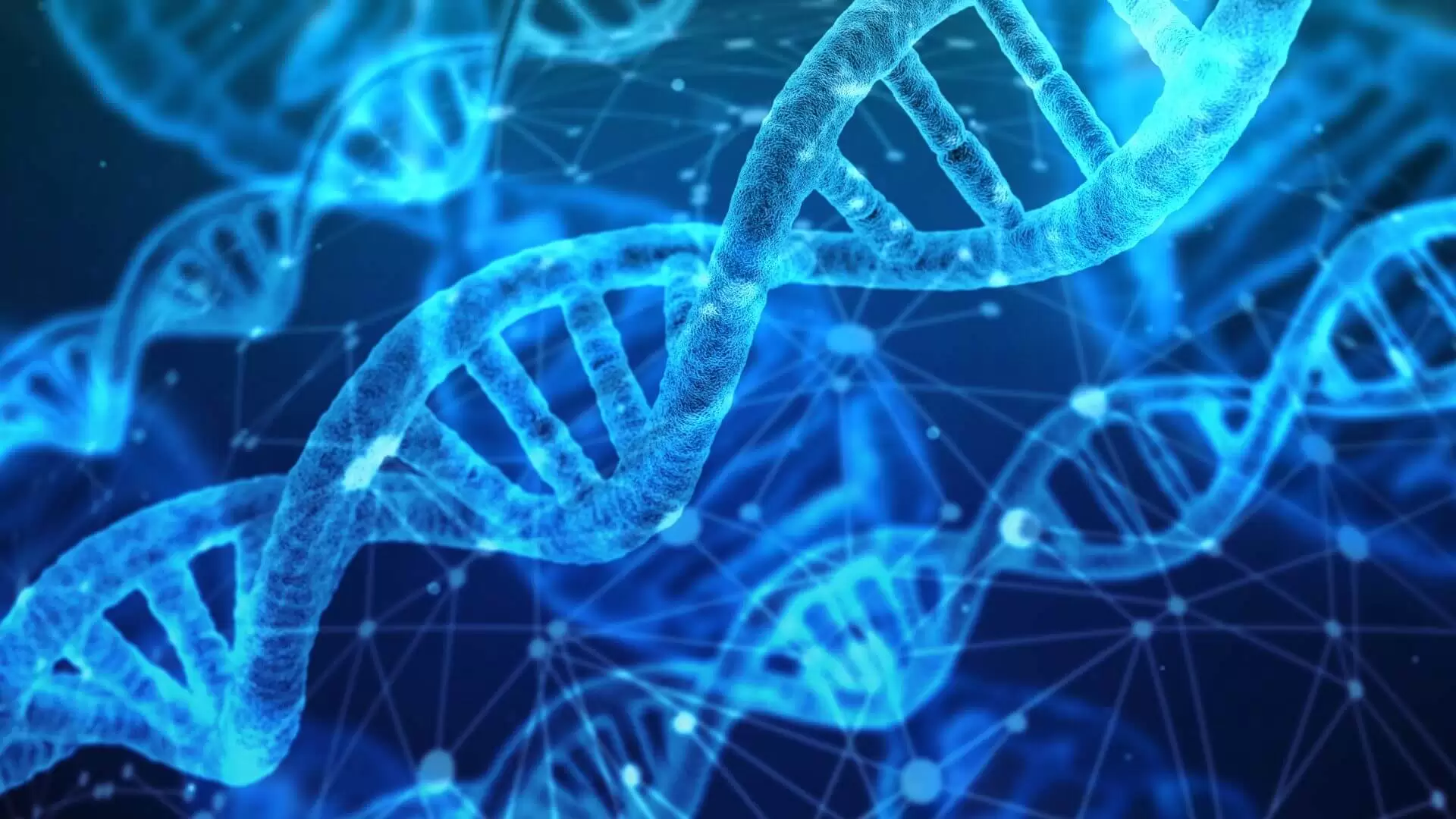In recent years it has been shown that the microscopic remains of feces and blood of ancient humans buried in sediments can provide great information
Traditionally, the soil or rock surrounding archaeological finds has been considered a by-product of little importance. However, the soil collects a lot of information from all the life that passes through it, from all the beings that leave their mark (such as feces or blood) or decompose among its grains. In recent years, different techniques have been developed to extract all this information from the sediments, including DNA, the genetic fingerprint that characterizes us all. Now, researchers at the Max Planck Institute for Evolutionary Anthropology in Leipzig together with an international team of geoarchaeologists have refined the process a little more, pointing out where to ‘look’ to find history embedded in the ground, relating this valuable information to traditional bone discoveries.
“The recovery of ancient human and faunal DNA from sediments offers exciting new opportunities to investigate the geographic and temporal distribution of ancient humans and other organisms at sites where their skeletal remains are rare or absent,” explains Matthias Meyer, lead author of the study. study and researcher of the Max Planck. His team used geological techniques to reconstruct the formation of sediments and deposits, with the aim of finding DNA on a microscopic scale, to later link it to other remains obtained from nearby fossils, and be able to trace the history of those beings.
It is not the first time that DNA has been recovered from the ground. In fact, in April of this year, a team also led by the Max Planck and with Spanish collaboration -specifically, the group led by Juan Luis Arsuaga, co-director of the Atapuerca sites- published in ‘ Science ‘ that they had been able to find by traces of nuclear DNA were found for the first time in two caves in the Altai Mountains in Siberia and more in the Gallery of the Statues of the Major Cave, in Atapuerca. An “unprecedented scientific milestone”, Arsuaga described then.
In this case, researchers in this new study now published in the journal ‘ Proceedings of the National Academy of Sciences ‘ (PNAS) used intact sediment blocks that had been stored and soaked in plastic-like synthetic resin (polyester) four years ago. decades from Africa, Asia, Europe, and North America. “The fact that these building blocks are an excellent source of ancient DNA, despite often having been stored for decades in plastic, provides access to a vast, untapped repository of genetic information,” said Mike Morley .of Flinders University in Australia, who led some of the geoarchaeological analyses. The study opens a new era of ancient DNA studies that will re-examine samples stored in laboratories, allowing analysis of sites that have been backfilled long ago, which is especially important given travel restrictions and inaccessibility. of the site in a pandemic world”. Because the soil hides a lot of data that can be key to reconstructing the life that stepped on it thousands of years ago.
In the footsteps of Denisovans, Neanderthals, and modern humans
Among the analyzed blocks, the information recovered from the Denisova cave stood out, a place in the Altai Mountains, in Russian Siberia. Various objects and bones up to 48,000 years old had previously been discovered there, including the phalanx of a girl who belonged to a previously unidentified group of humans and was baptized as Denisovans. Another fragment of a bone of a female baptized as ‘Denny’, whose mother was Neanderthal and her father was Denisovan, was also rescued, being the first hominid direct descendant of two species. This cave, in fact, is the only place on the planet that is known for certain to have been occupied by the two groups on several occasions.
From all the discoveries made in the cave, the substrate looked downright promising. And it was: the group managed to rescue ancient DNA from Neanderthals, Denisovans, and modern humans through small organic particles embedded in the soil. Specifically, Diyendo Massilani, the lead author of the study, was able to recover substantial amounts of Neanderthal DNA from just a few milligrams of sediment. Thanks to the samples, he was able to identify the sex of the individuals who left their DNA there and relate them to a Neanderthal population whose genome was previously reconstructed from a bone fragment discovered in the cave.
“The Neanderthal DNA in these small samples was much more concentrated than we normally find in loose material,” says Massilani. ‘With this approach, it will be possible in the future to analyze the DNA of many different ancient human individuals from a small cube of solidified sediment. It’s funny to think that this is presumably because they used the cave as a toilet ten of thousands of years ago .”
What the earth reveals around the bones
“It is clearly shown here that the high success rate of ancient mammalian DNA recovery from Denisova cave sediments stems from the abundance of microremains in the sediment matrix,” says study co-author Vera Aldeias. and researcher at the University of the Algarve in Portugal. “This study is a big step in understanding precisely where and under what conditions ancient DNA is preserved in sediments,” adds Morley.
The approach of this study enables highly localized microscale sediment sampling for DNA analysis and shows that ancient DNA is not evenly distributed in the sediment. In other words, there is a high probability of finding new pieces of the prehistoric human puzzle if the soil where the remains were buried is also taken into account, relating different findings, such as bones and DNA rescued from the substrate, to write the most complete history of those populations. , elucidating even his steps.

